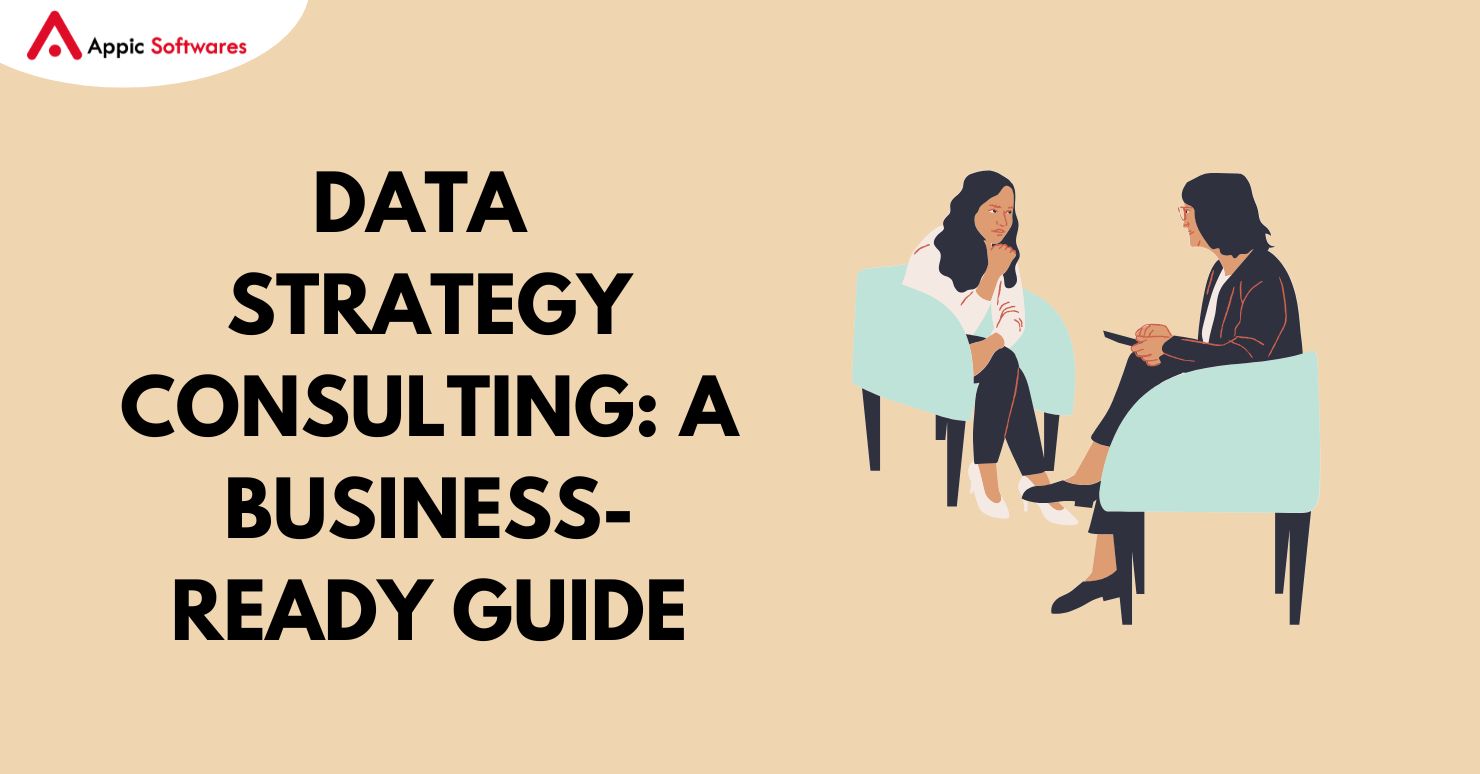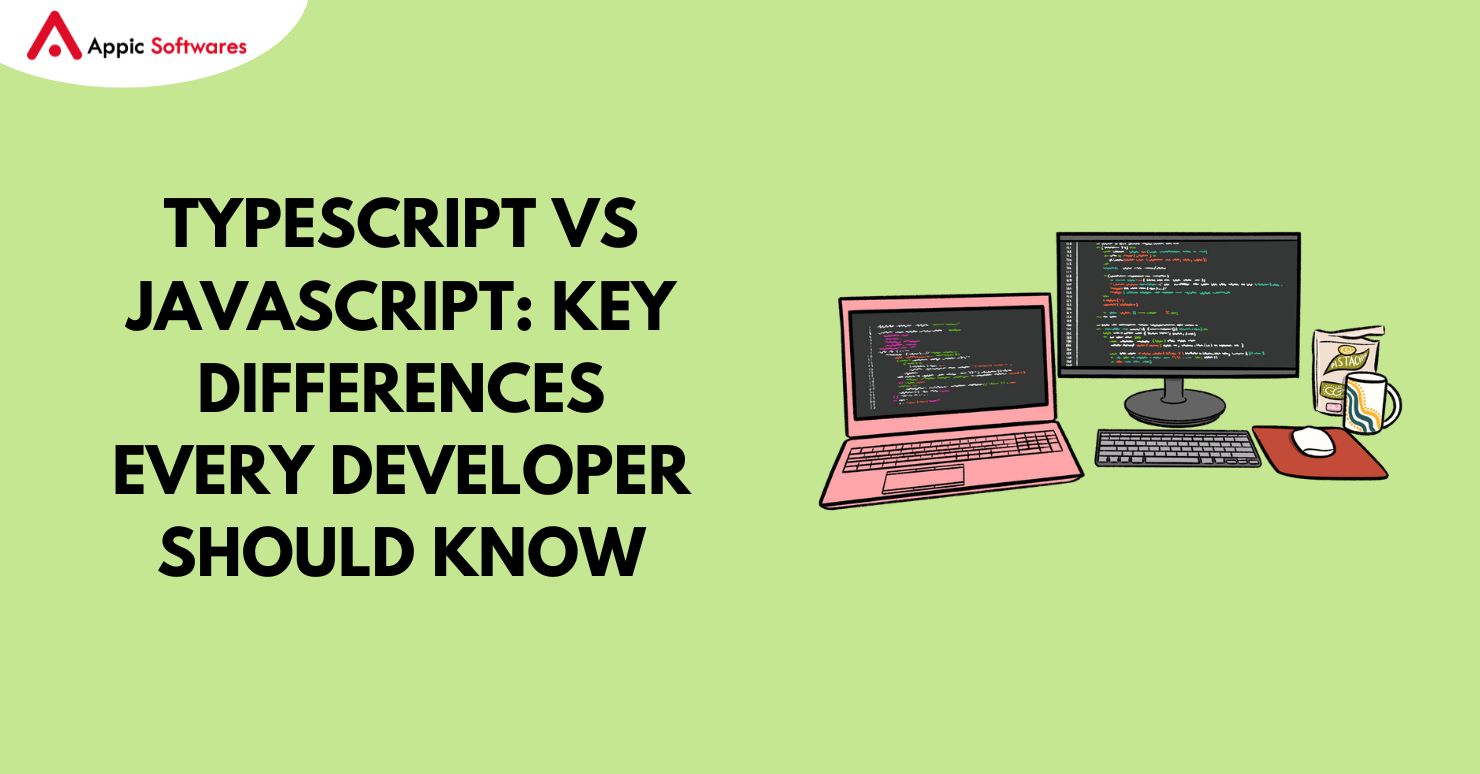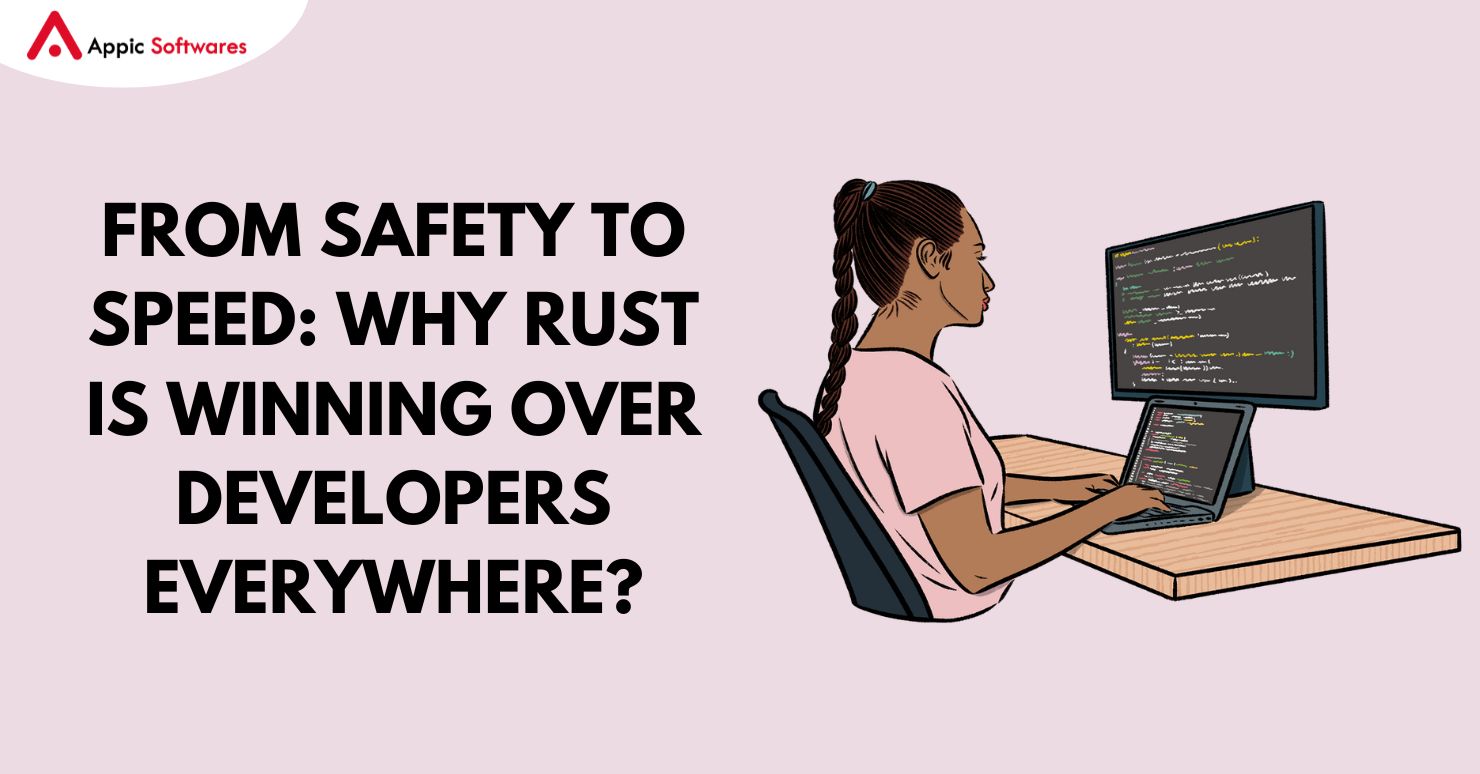
Multi-agent systems are changing how we build smart applications and solve real-life problems. In 2025, many businesses and institutions use these systems to work together in simple ways. In this article, we’ll discuss what multi-agents are, how a multi-agent system works, and the top use cases. We will then list 12 types of multi-agent systems and talk about the cost to develop one.
What Are Multi-Agents?
Multi-agents are small units or programs that work together to complete tasks. They act as independent helpers that share information and ideas. When many of these helpers come together, they form a Multi-Agent System that can solve complex tasks in a simpler way. In simple terms, think of multi-agents as many workers in a big team. Each agent has a clear job, and by working together, they solve problems faster and more efficiently.
These systems have a long history in computer science. Many people now use multi agent systems in smart devices, robotics, and even in online services. They often appear when a task is too big for one computer or person to handle alone. Instead, many agents share the work and talk to each other to get the job done. Many businesses use these systems to make their services smoother and more effective.
One key benefit of these systems is their ability to work in groups without a single leader. The agents work together and decide as a team. This approach helps in situations like emergency response or smart home systems, where many inputs need to be checked at once.
When a business needs help with new projects, it might ask for advice from an expert source, such as an AI Development Company. This kind of support can show how multi-agents work as a team and why the focus on types of multi-agent systems remains high in the world of technology.
How Multi-Agent System Work?
A multi-agent system works by letting several independent agents work side by side. Each agent has a task that it performs on its own. They send messages to one another to keep the work moving smoothly. In a good multi-agent system, the agents share the load so that no one helper has too much work.
For example, consider a system that helps manage a smart building. One agent might control the lights, another the temperature, and yet another the security. Together, they keep the building safe and comfortable. This simple team of helpers is an example of a Multi-Agent AI System in action. Each agent knows what to do and when to speak up so that the system works well.
When you look at how a multi-agent system works, you see that each agent can work independently but also share information with its partners. This sharing makes the system more reliable. If one agent stops working, the others can keep the system running.
The structure of a multi-agent system is also important. A good design makes sure that agents do not step on each other’s tasks. Each helper has its own role. For instance, in some cases, one agent might focus on collecting data while another focuses on making decisions.
To keep these systems efficient, developers keep track of costs and time. They often compare the work of a multi-agent system with that of a single, large program. In doing so, experts ask questions about AI agent development cost. This helps companies see the benefits of using a system where many small agents work together. It also shows how a well-built multi-agent system can lower the cost of operations while boosting output
The process inside a multi-agent system is clear and steady. Each agent follows its set of instructions. They share updates often so that the entire system stays in sync. Many engineers write simple instructions for the agents, which makes the system easy to maintain. The key idea is that many small tasks come together to make a strong team.
Top Use Cases Of Multi-Agents Systems

Here are some top use cases of multi-agents systems:
-
Smart Home Management
In smart homes, many small devices work together to control the lights, temperature, and security. A Multi-Agent AI System in a home helps each device act smartly. For instance, one agent checks the weather and tells another to adjust the heating. The agents talk and make sure the home stays comfortable. In these systems, the focus on types of multi-agent systems helps keep the home running in a simple way.
-
Traffic and Transportation Control
City traffic can become busy without a proper system. Multi agents can help manage traffic lights, signals, and even public transport routes. When agents work together, they reduce delays and make the streets safer. In some cities, a Multi-Agent system In AI guides cars to the best routes and helps control traffic flows. The use of types of multi agent systems here makes sure that each agent helps to reduce congestion and improve safety.
-
Supply Chain Optimization
Large companies use multi-agent systems to handle supply chains. Many agents check stock levels, track shipments, and handle orders. This teamwork makes sure that goods move from one place to another without many stops. A Multi AI Agent System can handle orders even when there is a sudden change in demand. The agents work together and follow clear rules, which is one reason why the focus on types of multi-agent systems matters in business.
-
Health and Safety Monitoring
Hospitals and clinics use multi-agent systems to keep track of patients. Different agents check patient data, send alerts when needed, and manage appointments. A Multi-Agent system LLM can support doctors by offering simple reports and clear updates. The team of agents makes sure that every patient receives care on time. This clear method shows how types of multi-agent systems work in health care.
-
Financial Services Automation
Banks and financial institutions use multi-agent systems to handle transactions. Many agents work together to verify data, spot risks, and manage accounts. A group of agents makes sure that transactions are safe and fast. This is an example of a multi-agent system in artificial intelligence that works well in a high-speed environment. The clear focus on types of multi-agent systems helps to keep financial tasks clear and accurate.
-
Emergency Response Coordination
When emergencies happen, fast action is needed. Multi-agent systems can help guide emergency teams by sharing information quickly. One group of agents might monitor signals while another helps dispatch help. In these cases, many agents work side by side to keep people safe. Experts sometimes ask, what are AI agents composed of? This question helps us understand how simple parts come together to form a strong team. The use of types of multi-agent systems here can help save lives during a crisis.
-
Education and Learning Support
Schools and online learning platforms use multi-agent systems to help students learn. In these systems, one agent may check homework while another offers extra lessons. The teamwork makes learning easier for many students. Some systems even use small agents to guide students through tests. Teachers and developers may refer to examples of AI agents when planning these systems. The focus on types of multi agent systems in education helps to keep learning fun and simple.
What Are The Types Of Multi-Agent Systems?
Multi-agent systems can be categorized based on their structure, functionality, and interaction mechanisms:
1. Cooperative Multi-Agent Systems
In cooperative MAS, all agents work together toward a common goal. These systems are ideal for applications like disaster management or collaborative robotics.
2. Competitive Multi-Agent Systems
Competitive MAS involves agents competing against each other to achieve their objectives. Examples include financial trading systems or gaming environments.
3. Homogeneous Multi-Agent Systems
Homogeneous MAS consists of identical agents with similar capabilities and roles. For instance, robots performing identical tasks in an assembly line form a homogeneous MAS.
4. Heterogeneous Multi-Agent Systems
Heterogeneous MAS includes agents with diverse capabilities and roles. This type is common in healthcare applications where different agents handle diagnosis, treatment planning, and patient monitoring.
5. Learning-Based Multi-Agent Systems
These systems incorporate machine learning techniques to enable agents to learn from their environment and improve performance over time.
6. Static Multi-Agent Systems
Static MAS operate in environments where conditions remain constant over time. These systems are simpler but less adaptable than dynamic ones.
7. Dynamic Multi-Agent Systems
Dynamic MAS function in environments that change frequently, requiring agents to adapt quickly to new conditions.
8. Distributed Multi-Agent Systems
In distributed MAS, decision-making is decentralized among multiple agents rather than being controlled by a central authority.
9. Hybrid Multi-Agent Systems
Hybrid MAS combines features of both centralized and distributed systems for greater flexibility.
10. Reactive Multi-Agent Systems
Reactive MAS respond immediately to changes in their environment without long-term planning or learning capabilities.
11. Cognitive Multi-Agent Systems
Cognitive MAS use advanced reasoning techniques to make decisions based on complex data analysis.
12. Large Language Model (LLM)-Based Multi-Agent Systems
These systems integrate large language models like GPT into multi-agent frameworks for natural language processing tasks such as customer support or content generation.
How Much Does It Cost To Develop A Multi-Agent System?
The cost of developing a multi-agent system depends on several factors:
Complexity: Simple static systems cost less than dynamic or learning-based ones.
Number of Agents: More agents require additional development resources.
Integration: Costs increase if the system needs integration with existing infrastructure.
Customization: Tailored solutions for specific industries are more expensive than generic ones.
Technology Stack: Advanced technologies like LLMs add to development costs.
On average, developing a basic multi-agent system may cost between $50,000 and $200,000, depending on its scope and AI agent features. For more advanced applications involving AI development services or large-scale deployment across industries like healthcare or finance, costs can exceed $500,000.
When planning your budget for developing such a system, it’s crucial to consider both initial development costs and ongoing maintenance expenses.
Final Thoughts
Multi-agent systems are a simple and clear way to solve problems. They let many small helpers work together to complete big tasks. In 2025, the focus on types of multi-agent systems continues to grow as companies and schools find new ways to use them. Whether it is in smart homes, traffic control, or healthcare, these systems make work simpler. They also offer flexible choices with many types that suit different needs. Appic Softwares, the best AI agent development company, specializes in building advanced multi-agent systems to enhance efficiency across industries.
Have a question, or ready to start your project? Contact us today. Our team is here to help you every step of the way.
FAQs
1. What are the main benefits of using a multi-agent system?
Multi-agent systems offer flexibility, scalability, and efficiency. They allow independent agents to work together, adapt to changing conditions, and solve complex problems more effectively than a single system.
2. How do multi-agent systems improve business operations?
Businesses use multi-agent systems for automation, real-time decision-making, and process optimization. These systems enhance supply chain management, customer service, and financial transactions by distributing tasks among multiple intelligent agents.
3. What industries benefit the most from multi-agent systems?
Industries such as healthcare, finance, logistics, smart homes, and emergency response benefit significantly from multi-agent systems. They help manage large amounts of data, coordinate multiple processes, and improve overall system performance.








